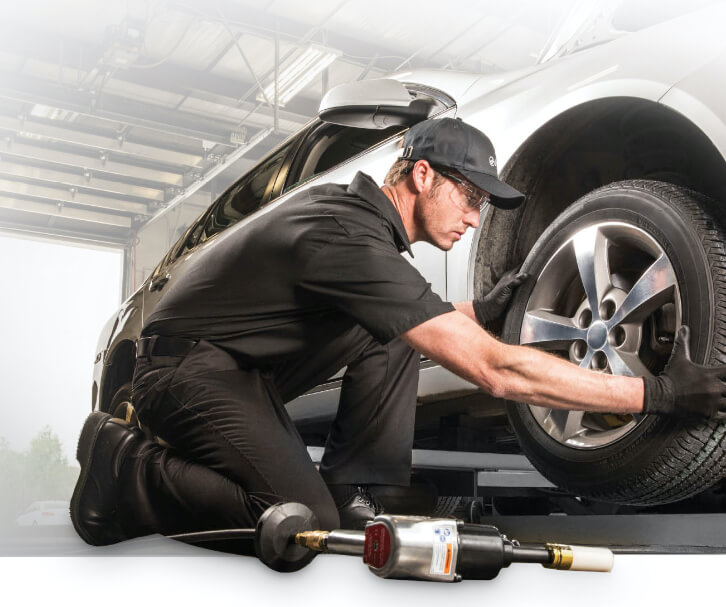Tire Service: The Effect of Weather
When it comes to making sure ideal efficiency and security on the road, understanding the impact of weather condition conditions on tire solution is essential. GMC Tire Service. In this conversation, we will certainly check out the intricate connection in between weather condition problems and tire service, dropping light on the importance of weather-specific tire maintenance techniques and considerations.
Warmth and Tire Performance
When subjected to high temperature levels, tires experience changes in efficiency that can significantly impact car safety and security and handling. The heat produced from extended driving or hot weather condition problems causes the tire rubber to soften, leading to minimized step life and raised wear.

Cold Weather Condition Effects
Cold weather condition conditions can have a substantial impact on tire efficiency and safety. In cool weather, tires might also shed air stress much more swiftly, which can affect taking care of and gas efficiency.
To minimize the effects of winter on tires, it is critical to on a regular basis check tire pressure and inflate them to the maker's recommended degrees. Using wintertime or all-season tires designed for chilly weather conditions can likewise boost grip and grip on icy or snowy roads. Correct tire upkeep, including routine inspections for wear and damage, ends up being also more essential during chillier months to make certain ideal efficiency and safety and security.
Rainy Conditions Influence
Tires with damaged footsteps are much more prone to hydroplaning, where a layer of water constructs up between the roadway and the tire surface area, leading to loss of traction. To combat this, chauffeurs must routinely inspect their tires for sufficient step depth and think about spending in tires especially designed for damp problems.
Moreover, wet climate can likewise decrease presence, making it testing for drivers to see the road in advance clearly (GMC Tire Service). In such conditions, it is necessary to adjust driving rates appropriately and maintain a secure adhering to range to enable abrupt quits. Correctly inflated tires can also aid in preserving control on damp roadways by giving far better handling and hold
Snow and Tire Safety
Snow-covered roads posture special challenges for vehicle drivers, stressing the relevance of proper tire option and maintenance. When driving in snowy conditions, having the best tires can make a substantial difference in security and performance. Wintertime tires are designed with special rubber substances and step patterns to offer far better grip on snow and ice compared to all-season tires. The deeper footsteps and sipes of winter tires assist grasp the road better, reducing the danger of sliding and slipping.

It is important to comply with supplier instructions when installing and utilizing tire chains to avoid damages to the tires and car. By choosing the appropriate tires, maintaining proper rising cost of living, and thinking about added grip aids like tire chains, drivers can improve their safety and security when browsing snow-covered roadways.
Weather-Related Tire Maintenance
Weather-related tire upkeep encompasses a variety of techniques intended at making sure optimal tire function and durability in various weather circumstances. One essential element of weather-related tire upkeep is tire stress law. Inspecting tire walk regularly and replacing tires when step wear gets to a specific depth is important for maintaining grip and stability in negative weather.
Conclusion
In verdict, climate problems have a considerable impact on tire performance and safety. From warm affecting tire pressure and use to chilly weather condition lowering grip, it is vital to think about the weather when maintaining and using tires.
In this conversation, we will discover the detailed connection in between weather problems and tire solution, dropping light on the relevance of weather-specific tire maintenance methods and considerations.

Comments on “Get Road-Ready with Specialist GMC Tires Service at Morris Tires”